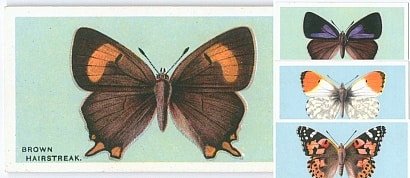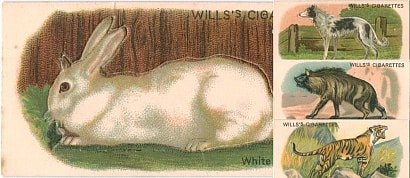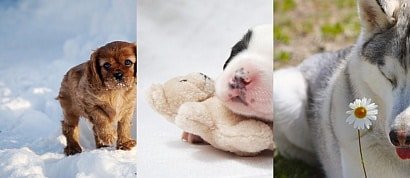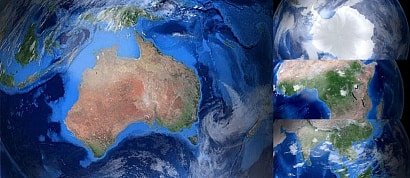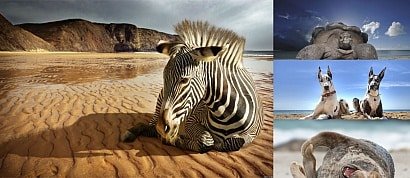Prehistoric ....
 Add image to section
Add image to section
Prehistoric Trilobites
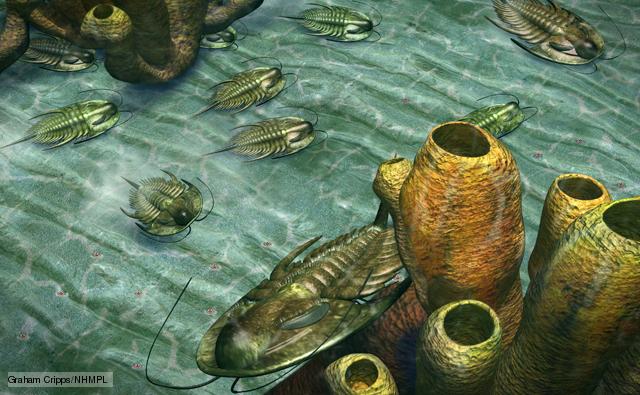
Trilobites
Palaeontologists have identified more than 20,000 different trilobites, an amazingly diverse group of animals. They all lived in the sea: some burrowed in the mud, some crawled on the surface of the seabed and others swam about in open water or inhabited reefs. Although some types of trilobites were blind, most had well developed eyes with very sophisticated lenses that had a great depth of field. Some species had eyes on stalks and these are believed to have buried themselves in the mud, with only their eyes sticking out like periscopes.
 Add image to section
Add image to section
Prehistoric Amphibians

Koolasuchus
Koolasuchus was a giant amphibian of the Cretaceous Period that measured an astounding five metres from nose to tail and weighed half a tonne. Its wide, heavy head made up about a sixth of the total body length. Eyes on the top of the head allowed Koolasuchus to be an effective aquatic ambush predator, that struck at small mammals and dinosaurs coming to the water's edge for a drink. It was a survivor from an earlier time, the majority of other temnospondyl amphibians having perished at the end of the Triassic. Since it lived in the polar regions, Koolasuchus probably hibernated to get through the winter, as many modern salamanders do today.
 Add image to section
Add image to section
Prehistoric Cephalopods

Ammonites
Ammonites were free-swimming molluscs of the ancient oceans, living around the same time that the dinosaurs walked the Earth and disappearing during the same extinction event. They came in a range of sizes, from tiny species only a couple of centimetres across, to large ones reaching over two metres in diameter. The animal would have lived in the last and largest of a chain of spiralled chambers. Filling these chambers with fluid or gas allowed the ammonite to sink like a stone to avoid predators, though ammonite shells with toothmarks on them have been found, evidence that it didn't always work. Fossilised shells are usually, but not always, beautiful spirals.
 Add image to section
Add image to section
Prehistoric Merostomata

Sea scorpions
Sea scorpions, or eurypterids, were the largest arthropods the world has ever seen and could grow to 2.5 metres long. They had a pair of pincers, and in some species these too could become very large. Sea scorpions were predators that were in their heyday in the Silurian and Devonian, though they survived into the Permian. The name sea scorpion is something of a misnomer, as they also inhabited freshwater and may have ventured on to land now and then. They are related to scorpions, horseshoe crabs and spiders.
Added to
People who voted for this also voted for
Cigarette Cards: British Butterflies (1930)
Cigarette Cards: Hindu Gods
Cigarette Cards: Playing Cards - Actresses
Game Of Thrones - Devastate Me
Chester Conklin - Faces of Charlie Chaplin
Cigarette Cards: Footballers (1928)
Cigarette Cards: Dogs (R.J. Lea)
Cigarette Cards: Boats of the World (1912)
Cigarette Cards: Animals (1913)
Cigarette Cards: Film Stars (1938)
Cigarette Cards: Happy Families (1937)
Cigarette Cards: Aviary & Cage Birds
"Cult Films" Released In 1985
Cute!!!
My Top Ten Michelle Pfeiffer Films
More lists from Milena
Crazy Drunk Animals
Must-Have Halloween Costumes for Dogs
Beautiful Russian Concept Art works ....
Ecozones
Fashion models & styles from the 1930s
Geological time periods
Endearing Photographs Of Animals On The Beach
 Login
Login

